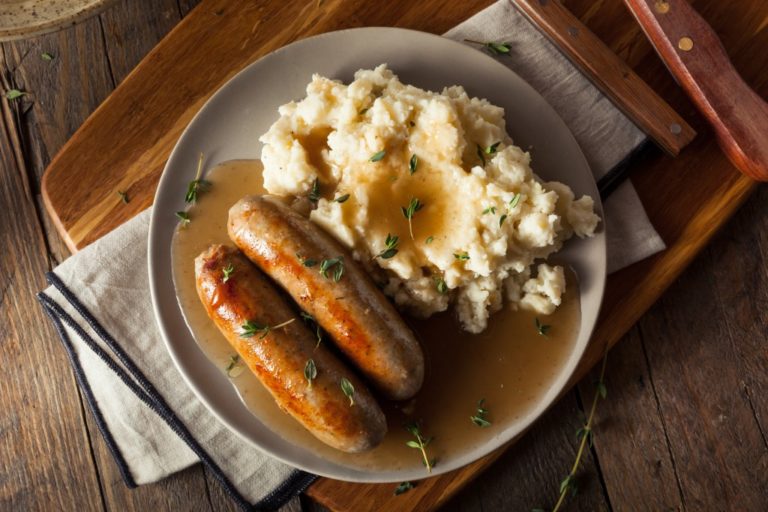The sausage is a culinary mainstay in many countries and is one of the most popular food items in the world. They’re juicy, flavorful, easy to eat and last a long time. Many cultures have their own take on the sausage, from the merguez of North Africa, the chorizo of Spain, the bratwurst and frankfurter of Germany, and the salsiccia of Italy. With hundreds of varieties all over the world, sausage lovers will never run out of options.
But why are sausages so widespread? In the days before refrigeration, meat and its byproducts had to be cured, smoked, or dried to prolong shelf life. Sausage-making also allowed people to make use of every part of the animal, including fat, organ meat, blood, and the intestines, ensuring that nothing was wasted.
However, today, sausage-making has become a specialized field. In the past, homemakers had to learn how to make sausages to make their meat supply last. Now, we can easily get a package off the shelf. Modern devices such as a tabletop piston filler have also made sausage-making easier and less laborious.
If you’re thinking of making sausages, here are a few tips to get you started.
Temperature is key
One of the biggest mistakes beginners make when making sausages is using room-temperature meat. If you want to make juice and succulent sausages, don’t forget to chill the meat first before feeding it to the grinder. The best way to do this is with flash freezing, but you will need specialized equipment such as a blast chiller. Alternatively, you can put the meat in the fridge for an hour or so before grinding.
Cold temperatures help preserve the sausage’s structure. The more solid the structure, the juicier the sausage will be. But if you use warm meat for grinding, the result is dry and flavorless sausage since all the fat and water have been removed.
Don’t use a mixer
The best way to achieve the perfect meat consistency is to mix the meat by hand. Do not use a hand mixer or a stand mixer as they create too much heat, which affects the meat’s quality. Always remember that the meat must be kept cold all throughout the sausage-making process. Your hands provide just the right amount of heat the meat needs to loosen up, but not so much that it ends up a goopy mess. Don’t forget to use kitchen gloves to avoid cross-contamination.

Focus on texture
There are four basic textures in sausage-making: soft, smooth, coarse, and firm. Some sausages also combine two or more textures like what we see in combination sausages. You can create a coarse and soft sausage or a smooth and firm sausage. However, you will need to get your ingredient rations just right if you want to achieve a certain texture.
You can make a hundred different kinds of sausages from the four basic ingredients: salt, fat, protein, and liquid. Playing with proportions can result in different tastes and textures, so it’s best to stick to recipes at the beginning. For instance, if you want to make a coarse, sausage, you will need lots of protein and fat and a smaller amount of salt and liquid. Meanwhile, a firm sausage will require more liquid.
Use small meat
Make sure to cut the meat and fat into small pieces before grinding it. As a general rule, the meat should be smaller than the mouth of the grinder. The goal is to allow the grinder to accept the meat with little pressure. If you push the meat down the chute, you will get more friction and the temperature will begin to rise.
Use the right tools and equipment
Sausage-making is all about precision. If you don’t have the right tools, you could end up with subpar taste and texture. For starters, you will need a sharp grinder for the meat. While you can always use a generic food mixer with a sausage grinder attachment, you will get better results from a dedicated meat grinder. A table-top piston filler is great for stuffing the sausage meat into the casing.
The bottom line
These starter tips will help you make better sausages. Sausage-making is more precise than other culinary processes, so you need to be careful when calculating ratios. Most importantly, you need to slowly cook your sausages on low heat. Cooking it too fast on high heat will result in burst tubes and an undercooked core.



